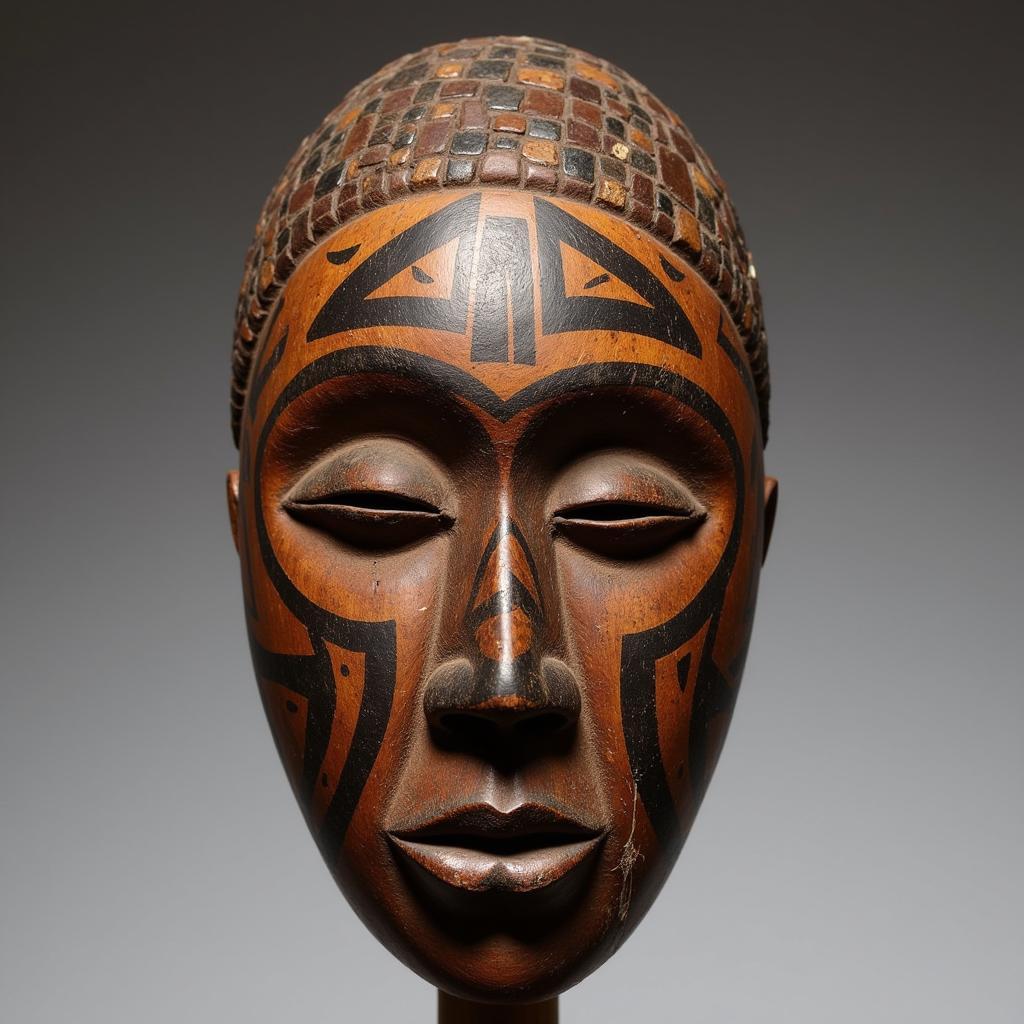The African Boer Male Goat: A Comprehensive Guide
The African Boer Male Goat stands as a testament to centuries of careful breeding, originating from the heart of South Africa. Prized for their exceptional meat production, these goats have captured the attention of farmers and enthusiasts worldwide. In this comprehensive guide, we’ll delve into the fascinating world of the African Boer male goat, covering everything from their history and characteristics to their care and impact on global agriculture.
Origins and History of the African Boer Goat
The history of the African Boer goat is intertwined with the indigenous tribes of South Africa. The word “Boer” itself means “farmer” in Afrikaans, reflecting their deep connection to the land and its people. While their exact origins remain shrouded in the mists of time, it’s believed that these goats descended from various indigenous goat breeds found across Southern Africa. These hardy animals were selectively bred by local farmers for their meat-producing qualities, eventually giving rise to the distinct breed we know today.
Distinguishing Features of the African Boer Male Goat
The African Boer male goat is a sight to behold, characterized by its striking appearance and impressive physique. Let’s take a closer look at the key features that set them apart:
- Size and Build: Known for their large size, Boer male goats can weigh anywhere between 240 to 340 pounds, making them significantly larger than many other goat breeds. They boast a muscular build with a deep chest and well-sprung ribs, a testament to their meat-producing prowess.
- Color and Markings: Predominantly white bodies with distinctive brown, red, or black heads and necks are hallmarks of the breed. This striking contrast makes them easily identifiable. Some variations in markings exist, but the overall color pattern remains consistent.
- Horns: Unlike some goat breeds, both male and female Boer goats typically have horns. The horns of the male are particularly impressive, growing thick and strong, curving gracefully backward from their heads.
The African Boer Male Goat: Temperament and Behavior
Beyond their physical attributes, African Boer male goats are also recognized for their generally calm and docile temperaments. This makes them easier to handle than some other goat breeds, a desirable trait for farmers and breeders. However, like all animals, individual personalities can vary.
Are African Boer goats aggressive? While generally placid, male goats, particularly those who haven’t been castrated, can exhibit some aggression, especially during mating season. Proper management and understanding their behavior patterns are crucial for successful husbandry.
Caring for African Boer Male Goats
Providing optimal care is essential for ensuring the health and productivity of your African Boer male goats. Here’s a closer look at their key requirements:
- Feeding: A balanced diet is crucial. While they primarily graze on pasture, supplementing with hay, grains, and mineral blocks is essential, particularly during periods of limited forage.
- Housing: Boer goats are adaptable but require adequate shelter from the elements. Providing a well-ventilated barn or shed is important, especially during extreme weather conditions.
- Health: Regular veterinary checkups are crucial. Like all livestock, Boer goats are susceptible to certain diseases and parasites. Vaccinations, deworming, and hoof care are all part of responsible goat management.
The Impact of the African Boer Male Goat on Global Agriculture
The African Boer male goat has significantly impacted the global agricultural landscape, particularly in the realm of meat production. Their exceptional growth rate, feed efficiency, and carcass quality have made them a popular choice for farmers looking to meet the growing demand for goat meat.
Boer Goat Meat: A Growing Market
Goat meat, often referred to as “chevon,” is a lean and flavorful alternative to traditional red meats. As consumer preferences shift towards healthier and more sustainable protein sources, the demand for goat meat is on the rise globally.
Conclusion
The African Boer male goat stands as a symbol of resilience, adaptability, and remarkable meat-producing capabilities. Their journey from the heart of South Africa to farms across the globe speaks volumes about their economic importance and enduring appeal. As we continue to explore sustainable agricultural practices, the African Boer goat will undoubtedly play an increasingly vital role in shaping the future of food production.
FAQ
1. What is the average lifespan of an African Boer male goat?
The average lifespan is around 8-10 years, but with proper care, they can live longer.
2. How much space do Boer goats need?
A minimum of 10-15 square feet per goat is recommended for indoor housing, and at least 135 square feet of pasture space per goat.
3. Are African Boer goats good for milk production?
While they produce milk, they are primarily raised for their meat. Other breeds are better suited for milk production.
4. What is the temperament of a castrated Boer goat?
Castrated males, known as wethers, tend to be much calmer and less prone to aggression.
5. Where can I buy African Boer goats?
Reputable breeders and livestock auctions are good places to start.
Need More Information?
For further assistance with African Boer goats or any other inquiries, please don’t hesitate to reach out to us.
Contact Information:
- Phone: +255768904061
- Email: [email protected]
- Address: Mbarali DC Mawindi, Kangaga, Tanzania
Our dedicated team is available 24/7 to address your needs.

